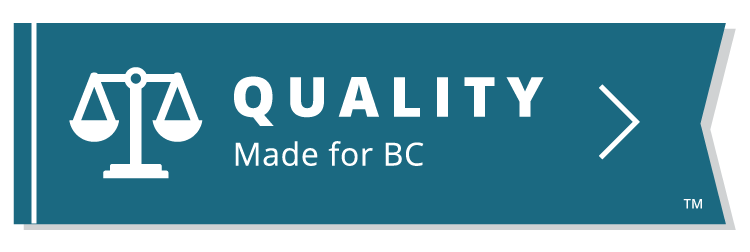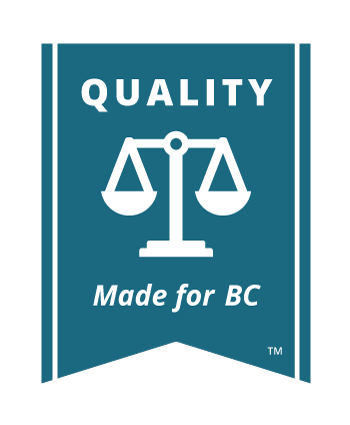At Trial


In BC Small Claim Court, judges have authority to manage how each case proceeds. In most cases though, your trial may proceed like this:
- Opening statement by claimant
- Claimant calls their witnesses, then the defendant cross examines
- Opening statement by defendant
- Defendant calls their witnesses, then the claimant cross examines
- Closing statements by the claimant, then the defendant
- Judge’s decision
Opening Statements
Both parties will have the opportunity to make an opening statement before they call their witnesses if they wish. It is not always necessary, especially for short trials. If you do choose to make an opening statement, be concise and clear.
Be sure to:
- Briefly summarize the issue
- State what you are asking for
- State the important facts you intend to prove

DIY Tools
Prepare ahead of time by filling out the Opening Statement Worksheet
Calling Witnesses (including yourself)
It is very likely that you will be the main witness for your case. If you are giving evidence, you will normally be the first witness. Giving evidence is the time to go through the facts of your case and not the time to make arguments. It is a good idea to prepare a list of all the important points you want to state, a chronological list of events and a list of supporting documents to introduce.
If you have any witnesses other than yourself, they need to sit outside the courtroom until you are ready to call them. This is so they are not influenced by what they hear from other witnesses. To call a witness, you can either ask the court clerk to ask the witness to come into the court over the loudspeaker, or go out into the hall to fetch the witness yourself.
Each witness will have to swear or affirm (basically promise) to tell the truth before they begin to testify.

Key Term
Swearing or affirming both mean the witness promises to tell the truth. “Swearing” is a religious oath and the witness will be asked to swear on a religious book such as the Koran or Bible. “Affirming” is a non-religious oath to tell the truth and has the same effect as swearing
You will have a chance to question your witnesses and the other party’s witnesses. You will also be introducing evidence and possibly objecting to evidence present by the other party. Learn more about these processes under Questioning Witnesses.
Closing Statement
The closing argument is not another chance to give evidence. You may only refer to points on which evidence has already been given.
Here are the steps you want to take for your closing:
- Summarize the law: Very briefly state the law you are relying on and any case law you are using to support your claim
- Summarize your evidence and how it relates to the law: Make reference to the evidence you presented to the court such as witness statements or documents that show the points you are trying to prove
- Address any arguments by the other party: If you can show how their points do not apply to your case, do so
- Conclude: Restate the order that you seek
It is a good idea to write your closing statement beforehand but be prepared to adapt your statement and address important points that came during the trial.

DIY Tools
Highlight the points you are trying to prove off your Case Building Worksheet
Summarize the Law
Your closing statement is the time to present relevant case law you want to present. To present a case, give a copy of the case to the judge and to the other party. Briefly tell the judge:
- Where the case is from (what court and what year)
- A short summary of the facts of the case and how it is similar to or different than your case
- The result in the case (judge’s decision)
- How this case law applies to your case and why the judge should make a similar decision
When you are going through the case law, highlight or put a sticky note next to all the paragraphs you want to quote or refer to so you don’t miss anything important. Remember to tell the judge the page or paragraph that you are referring to so they can read it as well. Don’t forget to give them time to find the page.
If the other party presents case law that is not helpful to your case, you can respond by saying why that case should not apply (such as if the facts are different) or argue that the cases you presented are more persuasive.

DIY Tools

Judge’s Decision
In most BC Small Claims Court trials, the judge will give their decision right after hearing closing statements from both parties. In more complicated trials, the judge may ask for some time to consider the facts of the case, before announcing their decision. If they do, the judge could ask you to come back at another time to hear their decision or they may even give their decision in writing.
It is extremely important to note exactly what the judge decides. This decision becomes the court order that is enforceable in your case. Getting a transcript costs money, so be sure to take good notes of what the judge says.
Ask the clerk at your trial to tell you what steps you need to take to get a copy of the written order signed by the judge. In some cases, the clerk may quickly write up an order for you and the judge will sign it on the spot.
Other times, you or the other party (usually whoever “won” the decision) will have to write the order down on an Order Form and file it with the registry to be reviewed and signed by the judge. You will then have to send a copy to all the other parties. Check with the clerk to understand what you are expected to do.

Find the Form
If the judge decides that the defendant needs to pay the claimant some money, they can include a payment schedule in their order or the judge may order the defendant to pay the money immediately. On the other hand, if it is clear that more information is needed about the defendant’s financial circumstances, they could order that the parties return for a Payment Hearing in order to determine an appropriate payment plan.
The order comes into effect the day the judge makes it (says it out loud in court). If it is a written decision, the order comes into effect the day the written order is filed at the registry.

Read the Rules
Rule 10(11)-(13) Judge’s decision after trial












